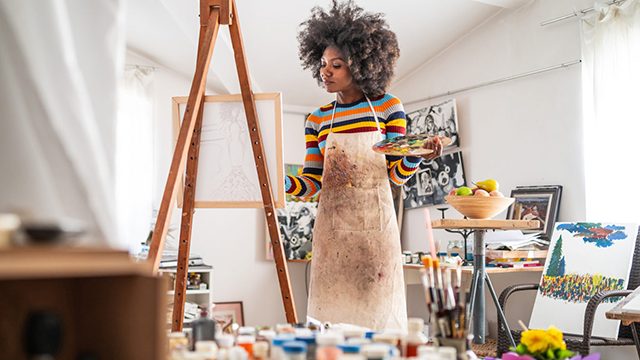If your car has not been cleaned or detailed in a while, you may be overwhelmed by the amount of work necessary to get it looking like new. But don’t worry, this job can be broken down into smaller steps that are much more manageable and still produce excellent results.
- Wipe down all hard surfaces with an all-purpose cleaner, including the dashboard, side panels and doors. Clean any glass surfaces (windows, mirrors) with glass cleaner.
- Vacuum the seats and floor mats. Use a crevice tool to clean under the seats and in tight spaces.
- Shampoo any carpeted areas and stains on upholstery using a car upholstery cleaner or spot remover.
- Use glass cleaner to remove any fingerprints or smudges from interior glass surfaces (inside of windows).
- Remove trash and vacuum again to remove dirt that was loosened during cleaning process.
If your car is really dirty or if it hasn’t been washed in a while, mix some car wash soap with warm water in your bucket. If you’re using a mitt instead of a sponge, soak it in the soapy mixture for a few minutes before you start washing. Use your hose to spray down the entire car, starting from the top and working your way down to avoid dripping water on areas you’ve already washed. Next, use circular motions with your sponge or mitt to wash away dirt and grime. Rinse off each area as you go along to prevent streaking.
Once you’ve finished washing your car, fill another bucket with fresh water and use that to rinse off any remaining soap residue before drying.
The goal of cleaning your car is to leave a clean, dry, and shiny surface ready for the next step of polishing and/or waxing. If you have performed a paint correction treatment such as polishing or compounding, this step is normally skipped.
Pre-rinse
Spray a strong stream of water from top to bottom to loosen the dirt. Spray the wheels last to avoid splashing dirt onto the body.
Wash
Using 2 buckets (one with detergent, one with clean water), wash from top to bottom using a sheepskin mitt or microfiber mitt (no sponges). Be sure to rinse the mitt in the clean water often and start on the roof and work your way down. Make sure you pay special attention to areas where dirt collects such as around door handles, grills and emblems.
Remove bugs
Spray on a bug remover solution that is designed for your vehicle’s finish and let it sit for 1-3 minutes then rinse with strong stream of water from top to bottom.
Rinse again
Thoroughly rinse all soap off the vehicle with a strong stream of water from top to bottom (use leaf blower if available).
Follow these steps to keep your car looking new:
Wash your car regularly. Dirt, dust, and other pollutants that can scratch the finish can build up quickly on your vehicle during the winter months.
Use only gentle cleaners and soft cloths or sponges to wash your car. Don’t use abrasive or gritty materials that could harm the finish.
Keep a bucket of warm soapy water and another bucket of clean water nearby to rinse out the sponge as you wash your car. Do not use dish detergent — special automotive cleaners are available at auto parts stores or where you buy your gas. You can also use dish detergent in 2 gallons of water if you don’t have an automotive cleaner available. Don’t use laundry detergent; it is too harsh for washing cars.
Thoroughly rinse off all soap from your vehicle before drying with a clean cotton towel or chamois before drying with a chamois or soft cotton towel. If you let soap dry on the finish, it will leave hard-to-remove marks called “water spots”
While cleaning your interior may not be as critical as cleaning your engine, it still can be the difference between selling or not selling your car.
Use a vacuum to clean the floor mats and floor. Pull up the floor mats and vacuum underneath them. You should also vacuum the dashboard, center console, and any other hard surfaces inside your car.
Remove stains with an upholstery cleaner. Use a spray-on upholstery cleaner like Simple Green® All Purpose Cleaner or 303® Upholstery & Carpet Cleaner to remove stains on carpeted areas of your vehicle. These cleaners are specially formulated to remove common stains such as coffee, food, grease, oil, ink, crayons, and more. Use a soft brush to scrub away stains before wiping away the cleaner with a cloth. For any paint correction Melbourne you can always go to our website.



